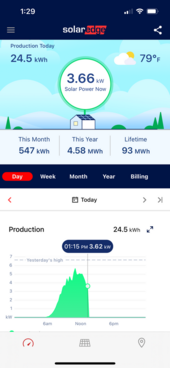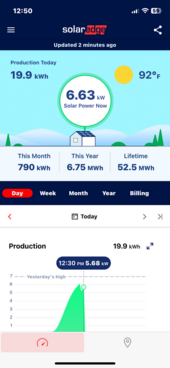SailorEd
New Member
Hi all, two questions for you:
1) We have a perfectly fine working SolarEdge inverter on our grid tied, net metered home. With so much that’s changed in the past ten years (guessing at that but there’s got to be some improvements, no?), would it be advantageous to upgrade to a new, more state of the art inverter? Our panels-to-inverter sizing is maxed and we’re not planning to upgrade any of our panels.
2) And if we do upgrade our 10 yr old inverter to a new model by [insert your favorite inverter company name here], do we have to alert the electric provider we’ve agreed to net meter with?
Thanks for helping with these newbie questions!
1) We have a perfectly fine working SolarEdge inverter on our grid tied, net metered home. With so much that’s changed in the past ten years (guessing at that but there’s got to be some improvements, no?), would it be advantageous to upgrade to a new, more state of the art inverter? Our panels-to-inverter sizing is maxed and we’re not planning to upgrade any of our panels.
2) And if we do upgrade our 10 yr old inverter to a new model by [insert your favorite inverter company name here], do we have to alert the electric provider we’ve agreed to net meter with?
Thanks for helping with these newbie questions!





